Home>Home Appliances>Laundry Appliances>How To Wash Shoes In A Washing Machine
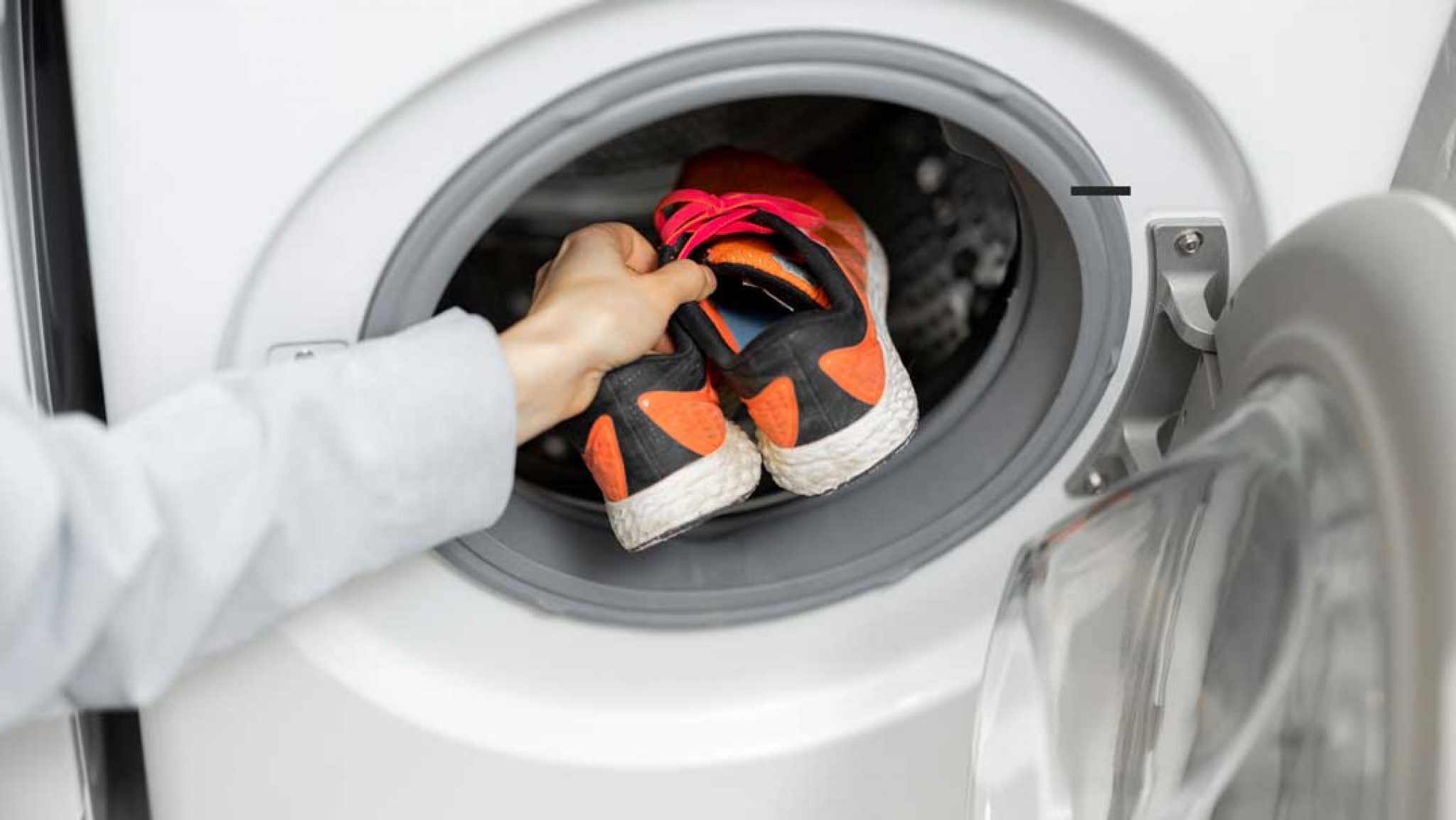

Laundry Appliances
How To Wash Shoes In A Washing Machine
Modified: March 25, 2024
Learn how to safely wash your shoes in a washing machine with our expert tips. Discover the best laundry appliances and techniques for clean, fresh footwear. Keep your shoes looking new!
(Many of the links in this article redirect to a specific reviewed product. Your purchase of these products through affiliate links helps to generate commission for Storables.com, at no extra cost. Learn more)
Introduction
Washing shoes in a washing machine can be a game-changer when it comes to keeping your favorite footwear clean and fresh. Whether you've been trekking through muddy trails, dancing up a storm at a music festival, or simply wearing your everyday sneakers, dirt and grime can quickly accumulate on your shoes. While hand washing can be effective, using a washing machine can save time and effort, providing a thorough and efficient cleaning process.
In this comprehensive guide, we will walk you through the step-by-step process of washing your shoes in a washing machine. From preparing the shoes for washing to choosing the right detergent and setting the washing machine, we've got you covered. We'll also share essential tips for drying your shoes properly to ensure they maintain their shape and integrity.
By following these instructions, you can breathe new life into your beloved shoes, restoring them to their former glory and prolonging their lifespan. So, grab your dirty sneakers, dusty sandals, or grimy canvas shoes, and let's dive into the world of washing shoes in a washing machine. It's time to bid farewell to stubborn stains and odors, and welcome back that fresh, clean feeling with every step you take.
Key Takeaways:
- Keep your shoes clean and fresh by washing them in a washing machine. Follow the step-by-step guide to prepare, load, and wash your shoes properly. Proper drying and maintenance can extend the lifespan of your favorite footwear.
- Choose the right detergent and set the washing machine for a gentle wash cycle. Properly drying your shoes after washing is essential to maintain their shape and integrity. Regular maintenance and storage considerations can help preserve the quality of your shoes.
Preparing the Shoes
Before tossing your shoes into the washing machine, it's essential to prepare them properly to ensure a successful cleaning process. Here's a step-by-step guide to preparing your shoes for a thorough wash:
-
Remove Surface Debris: Start by removing any loose dirt, mud, or debris from the outer surface of the shoes. Use a soft-bristled brush or a damp cloth to gently scrub away the visible dirt. This initial step helps prevent the washing machine from getting clogged with excess grime and ensures a cleaner wash for your shoes.
-
Untie and Remove Insoles: Untie the shoelaces and remove the insoles from your shoes. If the insoles are removable, take them out and set them aside. This allows for a more thorough cleaning of both the shoes and the insoles, preventing any lingering odors or bacteria from building up over time.
-
Check for Stains and Spots: Inspect the shoes for any stubborn stains or spots. If you notice specific areas that require extra attention, consider spot-treating them before washing. Use a gentle stain remover or a mixture of mild detergent and water to pre-treat the stains. Allow the pre-treatment to sit for a few minutes before proceeding to the next step.
-
Secure Velcro Straps: If your shoes have Velcro straps, make sure to fasten them securely. This prevents the straps from snagging on other items in the washing machine and helps maintain their functionality and appearance.
-
Protect Delicate Materials: For shoes made of delicate materials such as leather or suede, consider using a protective mesh laundry bag. Placing the shoes in a mesh bag helps prevent friction and potential damage during the washing cycle, especially if your washing machine doesn't have a dedicated shoe washing setting.
By following these preparatory steps, you can ensure that your shoes are ready for a thorough and effective cleaning in the washing machine. Proper preparation sets the stage for a successful washing process, allowing you to achieve the best possible results while maintaining the integrity of your beloved footwear.
Loading the Washing Machine
Once your shoes are properly prepared for washing, the next crucial step is to load them into the washing machine with care and consideration. Proper loading not only ensures effective cleaning but also minimizes the risk of damage to the shoes and the washing machine itself. Here's a detailed guide on how to load the washing machine for washing your shoes:
-
Balance the Load: Before placing your shoes in the washing machine, it's important to ensure that the load is balanced. If you're washing multiple pairs of shoes, consider adding a few towels or small garments to the load. This helps balance the weight distribution within the washing machine, preventing excessive vibrations during the wash cycle.
-
Use a Mesh Laundry Bag: For added protection, consider placing your shoes in a mesh laundry bag. This step is particularly beneficial for delicate shoes or those with embellishments, as it reduces the risk of damage from contact with the walls of the washing machine. Additionally, using a mesh bag helps contain the shoes and prevents them from getting tangled with other items in the load.
-
Avoid Overcrowding: While it may be tempting to maximize the washing cycle by adding more items, it's essential to avoid overcrowding the washing machine. Overcrowding can hinder the shoes from receiving a thorough cleaning and may lead to an uneven distribution of detergent and water. Ensure that there is ample space for the shoes to move freely within the washing machine drum.
-
Secure Loose Items: Check for any loose items such as shoelaces, detachable accessories, or removable parts, and secure them before loading the shoes into the washing machine. This precaution prevents entanglement and potential damage to both the shoes and the washing machine.
-
Select the Right Water Temperature: Depending on the material of your shoes, select an appropriate water temperature for the wash cycle. Consult the care label or manufacturer's instructions to determine the recommended water temperature for washing your specific type of shoes. This ensures that the cleaning process is effective while safeguarding the integrity of the shoes.
By following these loading guidelines, you can set the stage for a successful and efficient shoe-washing cycle in the washing machine. Proper loading not only contributes to the cleanliness of your shoes but also promotes the longevity of both your footwear and the washing machine.
Choosing the Right Detergent
Selecting the appropriate detergent is a critical aspect of washing shoes in a washing machine. The right detergent not only ensures effective cleaning but also helps preserve the quality and appearance of your shoes. When choosing a detergent for washing your shoes, consider the following factors to make an informed decision:
Consider the Shoe Material
Different shoe materials require specific care when it comes to cleaning. For example, canvas shoes, athletic sneakers, and fabric-based footwear can generally be washed with a mild liquid detergent. However, for leather, suede, or delicate materials, it's crucial to opt for a specialized detergent designed for such materials. Look for detergents labeled as suitable for leather or suede, as they are formulated to gently clean and condition these materials without causing damage.
Read more: How To Wash Ugg Boots In The Washing Machine
Opt for a Gentle Formula
When washing shoes, especially those made of sensitive materials or with intricate designs, it's advisable to choose a gentle, mild detergent. Look for detergents that are free from harsh chemicals, excessive fragrances, and brightening agents. A gentle formula helps prevent color fading, fabric deterioration, and damage to embellishments or stitching, ensuring that your shoes retain their original appearance and structural integrity.
Avoid Bleaching Agents
While it may be tempting to use a detergent with strong bleaching properties to tackle stubborn stains, it's essential to avoid such products when washing shoes. Bleaching agents can cause discoloration, fading, or damage to the material of the shoes, especially for colored or patterned footwear. Instead, opt for a detergent that is specifically formulated for maintaining the color and quality of fabrics without the risk of bleaching or fading.
Consider Specialized Shoe Cleaners
In addition to traditional laundry detergents, there are specialized shoe cleaners available in the market. These cleaners are designed specifically for cleaning shoes, offering targeted solutions for different materials and types of footwear. They often come in the form of foams, sprays, or gels, providing a convenient and effective way to clean and refresh your shoes without the risk of damage from harsh chemicals.
Consult the Manufacturer's Guidelines
To ensure that you select the most suitable detergent for washing your shoes, refer to the manufacturer's guidelines or care instructions provided with the shoes. These guidelines often include recommendations for cleaning products and methods that are safe and effective for the specific type of shoes, helping you make an informed choice and avoid potential damage during the washing process.
By considering these factors and choosing the right detergent, you can ensure that your shoes receive a thorough yet gentle cleaning in the washing machine. The appropriate detergent not only contributes to the cleanliness of your shoes but also plays a significant role in preserving their quality and extending their lifespan.
Read more: How To Make High Heels Non-Slip
Setting the Washing Machine
Setting the washing machine for cleaning your shoes involves a series of considerations to ensure an effective yet gentle wash cycle. By following these steps, you can optimize the cleaning process while safeguarding the integrity of your shoes and the washing machine.
Select the Appropriate Wash Cycle
When washing shoes in a washing machine, it's essential to choose the right wash cycle to accommodate the specific needs of your footwear. Many modern washing machines offer a variety of wash cycles, including delicate, gentle, or specialized settings for shoes and other items. If available, opt for a gentle or delicate cycle to minimize agitation and reduce the risk of damage to the shoes. These settings typically feature slower spin speeds and milder agitation, providing a more careful cleaning process suitable for shoes of varying materials and constructions.
Adjust the Water Level
Adjusting the water level in the washing machine is crucial for optimizing the cleaning process while preventing excessive wear and tear on the shoes. For a small load of shoes, select a lower water level to ensure that the shoes are adequately submerged without excess water. This helps maintain the balance and stability of the load during the wash cycle, reducing the risk of unnecessary movement and potential damage to the shoes. Additionally, a lower water level promotes efficient cleaning by allowing the detergent to distribute evenly and penetrate the fabric of the shoes more effectively.
Use a Mild Spin Speed
When setting the washing machine for cleaning shoes, opt for a mild or low spin speed to minimize the impact on the shoes during the cycle. High spin speeds can subject the shoes to excessive force and movement, potentially causing damage to the materials, stitching, or structural components. By selecting a gentle spin speed, you can reduce the risk of distortion, misshaping, or unnecessary stress on the shoes, ensuring that they maintain their original form and integrity throughout the cleaning process.
Read more: How High Can A Washing Machine Pump
Add the Right Amount of Detergent
Proper detergent usage is essential for achieving a thorough yet gentle cleaning of your shoes in the washing machine. Depending on the size of the load and the level of dirt or stains on the shoes, measure the appropriate amount of detergent according to the manufacturer's guidelines. Avoid overloading the shoes with excessive detergent, as this can lead to residue buildup and may require additional rinsing cycles to remove the excess detergent effectively. Conversely, using too little detergent may result in inadequate cleaning. Strike a balance by following the recommended detergent dosage for the best cleaning results.
Consider Additional Rinse Cycles
After the initial wash cycle, consider running additional rinse cycles to ensure that all detergent residues are thoroughly removed from the shoes. Lingering detergent can not only affect the appearance and texture of the shoes but also lead to skin irritation or discomfort when wearing the shoes. By incorporating extra rinse cycles, you can effectively eliminate any remaining detergent, leaving your shoes clean, fresh, and free from any detergent-related issues.
By carefully setting the washing machine according to these guidelines, you can optimize the cleaning process for your shoes while prioritizing their care and longevity. These considerations contribute to a successful shoe-washing experience, allowing you to enjoy clean, refreshed footwear without compromising their quality or appearance.
Drying the Shoes
After the washing cycle is complete, proper drying is essential to preserve the shape, integrity, and overall condition of your shoes. Here's a detailed guide on how to effectively dry your shoes after washing them in the machine:
-
Remove Excess Moisture: Start by removing the shoes from the washing machine and using a clean, dry cloth to gently blot and absorb any excess moisture from the exterior surfaces. Pay particular attention to areas where water may have accumulated, such as the toe box, heel, and seams. This initial step helps expedite the drying process and prevents prolonged exposure to moisture, which can lead to unpleasant odors and potential damage to the shoes.
-
Air-Dry in a Well-Ventilated Area: Find a well-ventilated area with ample airflow, such as a shaded outdoor space or a room with good air circulation. Avoid placing the shoes in direct sunlight or near a direct source of heat, as excessive heat can cause the materials to dry too quickly, potentially leading to shrinkage or distortion. Instead, allow the shoes to air-dry naturally, benefiting from gentle airflow to facilitate the evaporation of moisture.
-
Stuff with Absorbent Materials: To help the shoes maintain their shape and absorb moisture from the interior, consider stuffing them with absorbent materials such as crumpled paper towels, clean dry cloths, or specialized shoe inserts. This not only aids in absorbing excess moisture but also assists in preserving the form and structure of the shoes as they dry. Ensure that the shoes are adequately stuffed but not overstuffed, allowing for sufficient airflow within the shoes.
-
Rotate and Re-Shape Periodically: Throughout the drying process, periodically rotate and re-shape the shoes to prevent stiffness and ensure uniform drying. Gently flex and adjust the shoes to maintain their flexibility and prevent the formation of rigid creases. This practice is particularly important for leather and suede shoes, as it helps prevent the materials from becoming stiff or misshapen during the drying process.
-
Allow Sufficient Drying Time: Patience is key when it comes to drying shoes effectively. Depending on the materials and the level of saturation, the drying process may take several hours to a day or more. Avoid rushing the drying process, as inadequate drying can lead to lingering moisture, musty odors, and potential mold growth. Allow the shoes ample time to air-dry thoroughly, ensuring that they are completely moisture-free before wearing them again.
By following these steps, you can ensure that your shoes dry effectively and maintain their quality and appearance after being washed in the machine. Proper drying not only enhances the cleanliness of your shoes but also contributes to their longevity and continued comfort when worn.
Final Tips and Considerations
-
Regular Maintenance: Incorporate regular cleaning and maintenance routines to prevent excessive dirt buildup on your shoes. Quick spot-cleaning and occasional gentle brushing can help extend the time between thorough washes, preserving the overall condition of your footwear.
-
Air Out After Wear: Allow your shoes to air out after each wear to minimize moisture retention and prevent the development of odors. Removing the insoles and loosening the laces promotes airflow, aiding in the evaporation of sweat and moisture.
-
Avoid Extreme Temperatures: Protect your shoes from extreme temperatures, whether during washing, drying, or storage. Excessive heat can cause materials to warp, shrink, or become brittle, while extreme cold may lead to stiffness and cracking.
-
Use Shoe Trees: Consider using shoe trees or inserts to maintain the shape of your shoes when not in use. This practice helps prevent creasing and deformation, particularly for leather and suede footwear.
-
Follow Manufacturer's Guidelines: Always adhere to the manufacturer's care instructions and guidelines for cleaning and maintenance. Different materials and constructions may require specific care methods to ensure optimal results and longevity.
-
Invest in Protective Products: For specialized footwear such as hiking boots or athletic shoes, consider using protective sprays or treatments to enhance water resistance and protect against stains. These products can prolong the lifespan of your shoes and maintain their performance.
-
Professional Cleaning Services: For valuable or delicate shoes, consider professional cleaning services offered by reputable shoe care specialists. These professionals have the expertise and resources to clean and restore your shoes with meticulous attention to detail.
-
Inspect and Repair: Regularly inspect your shoes for signs of wear, damage, or loose components. Promptly address any issues to prevent further deterioration and extend the lifespan of your footwear.
-
Rotate Your Shoes: Rotate between multiple pairs of shoes to allow each pair to air out and recover its shape between wears. This practice reduces wear and tear on individual pairs and extends their overall durability.
-
Storage Considerations: Store your shoes in a cool, dry place away from direct sunlight and moisture. Use breathable storage containers or bags to protect your shoes from dust and maintain their freshness between uses.
By incorporating these final tips and considerations into your shoe care routine, you can elevate the longevity and performance of your footwear while enjoying consistently clean and well-maintained shoes for various activities and occasions.
Frequently Asked Questions about How To Wash Shoes In A Washing Machine
Was this page helpful?
At Storables.com, we guarantee accurate and reliable information. Our content, validated by Expert Board Contributors, is crafted following stringent Editorial Policies. We're committed to providing you with well-researched, expert-backed insights for all your informational needs.
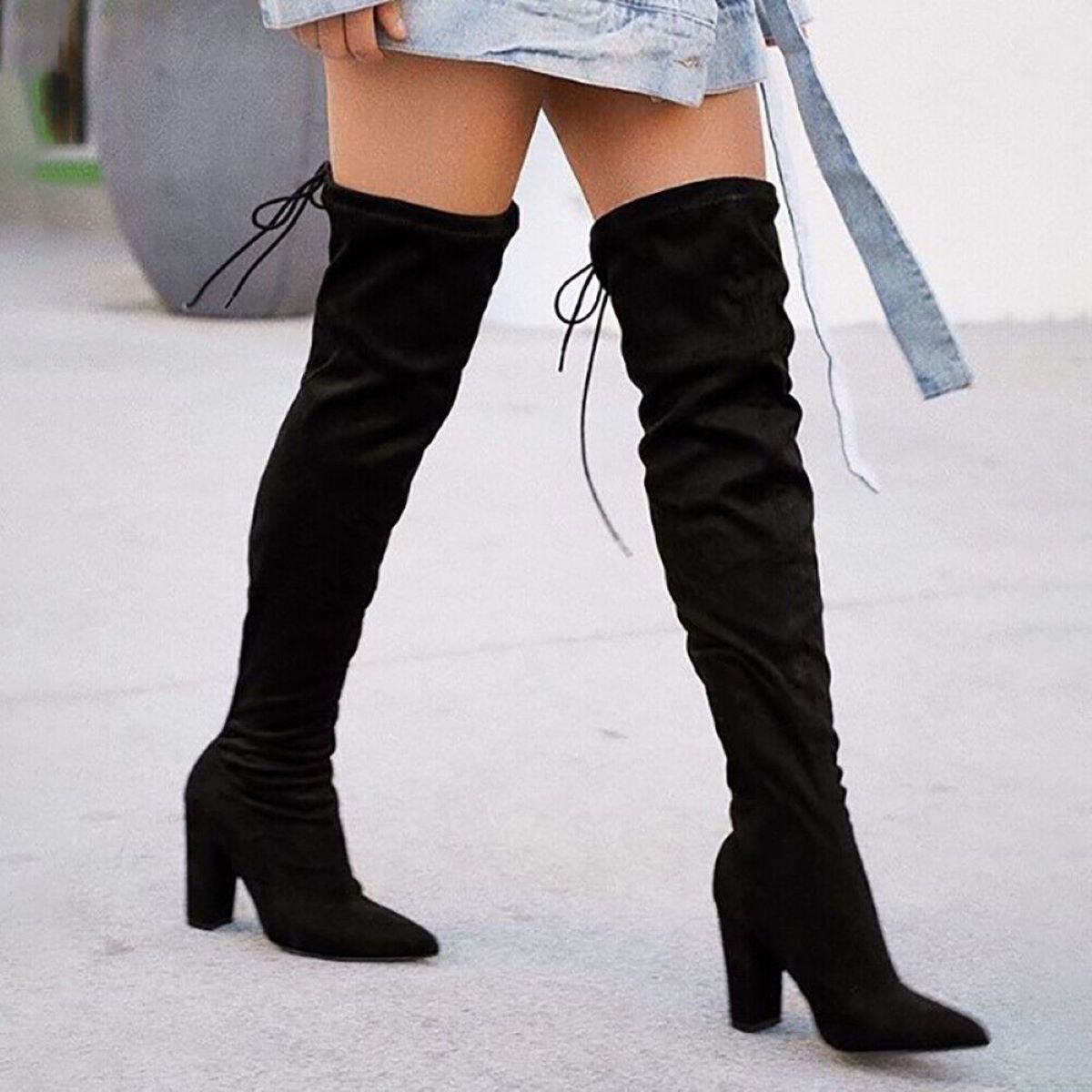
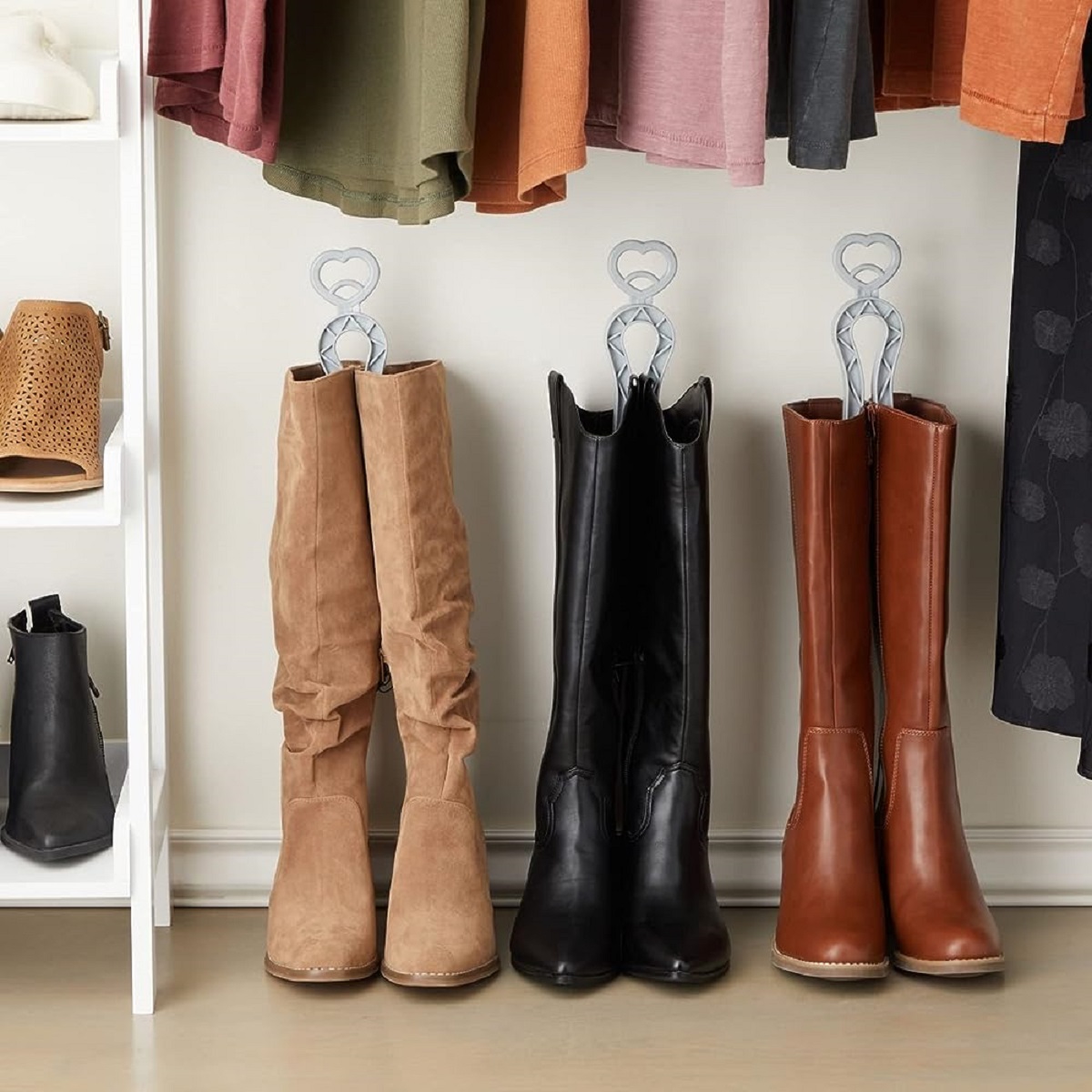
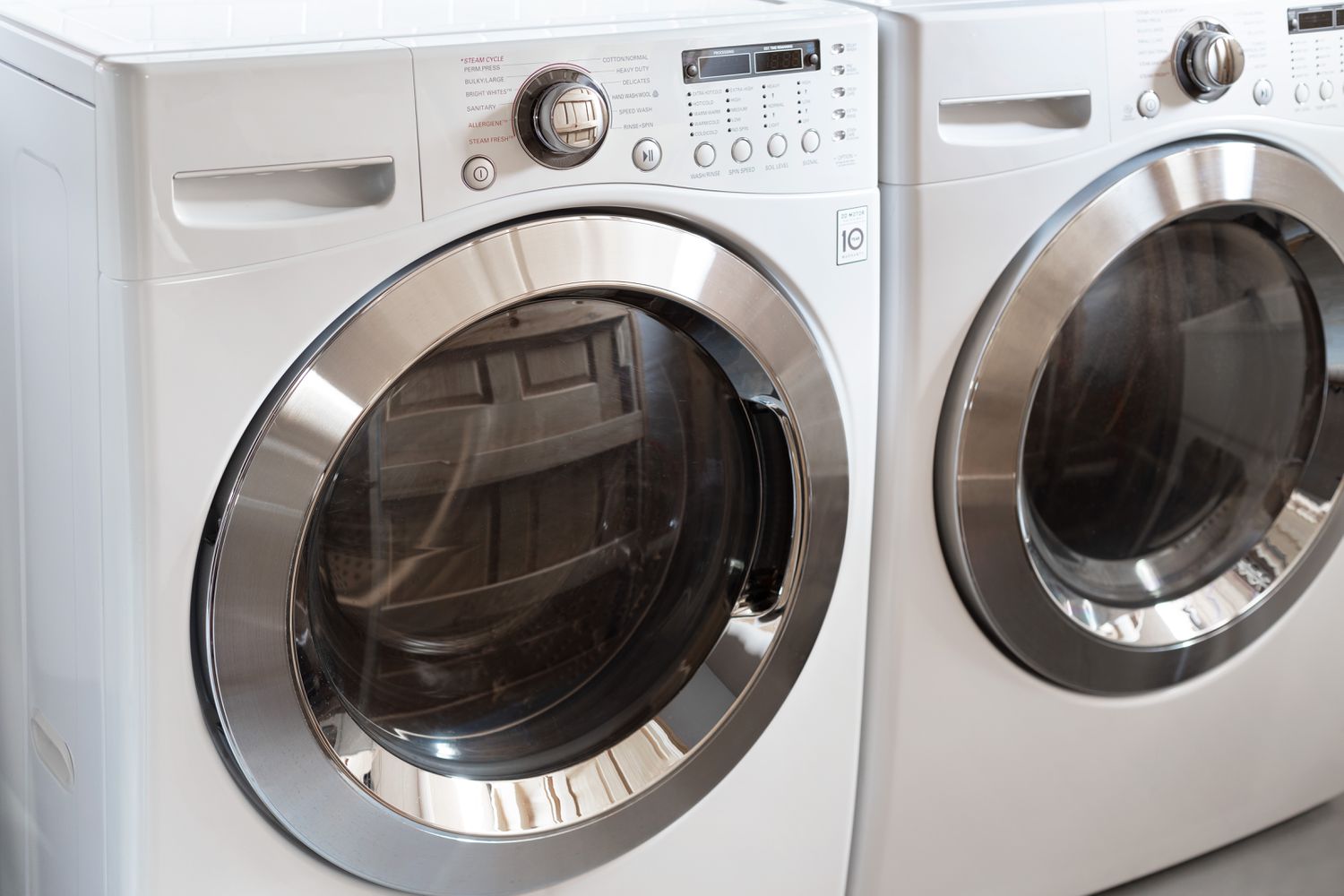
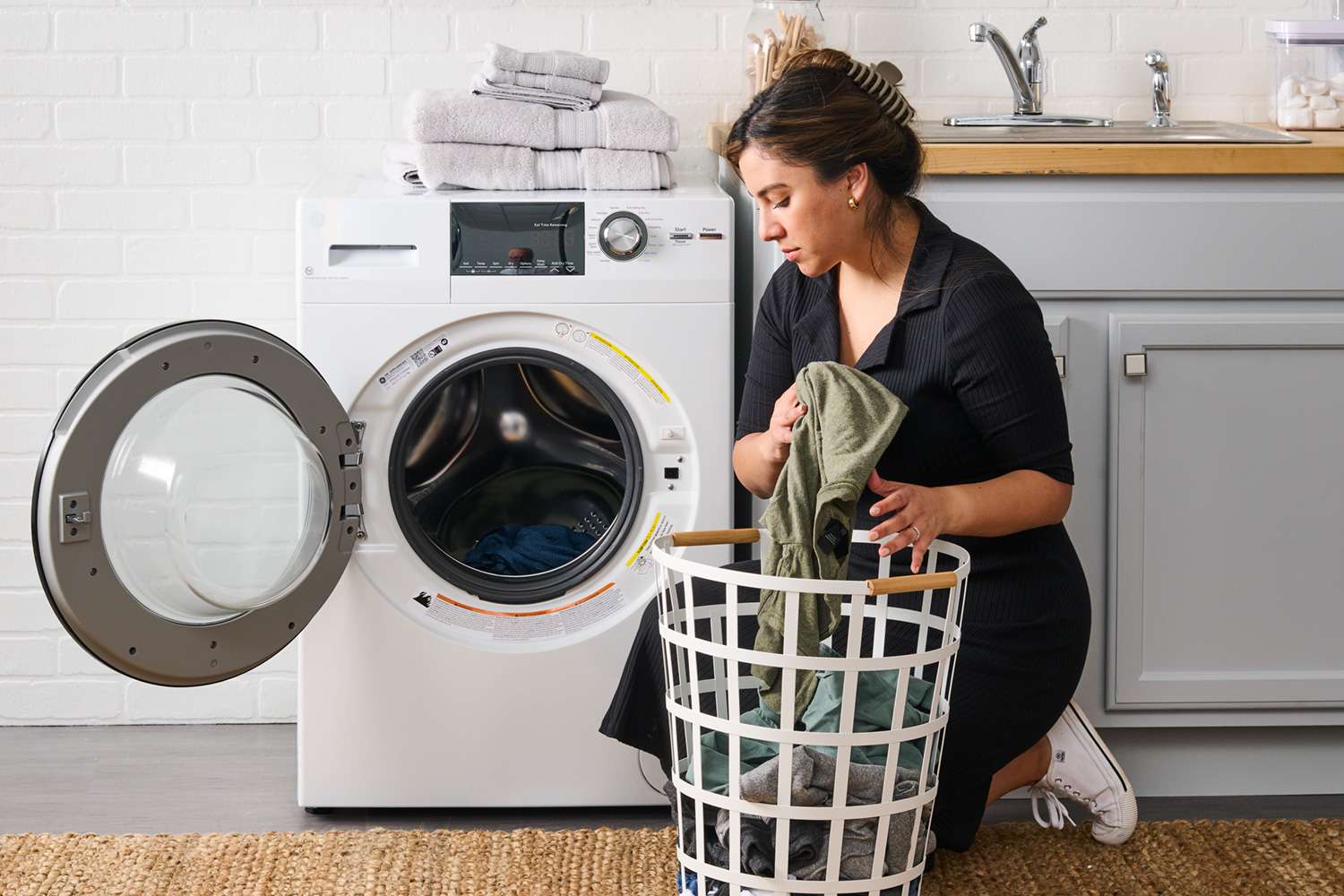
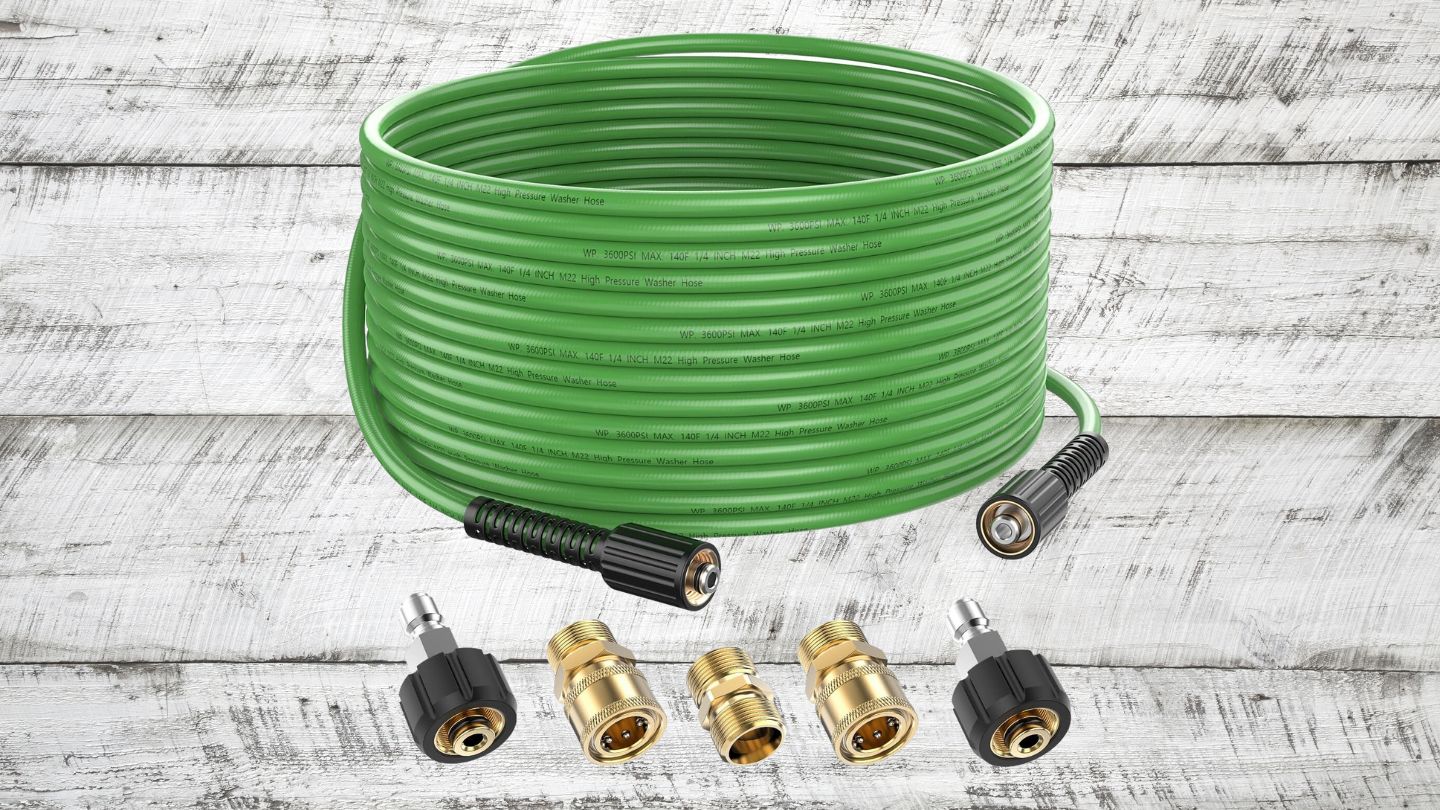
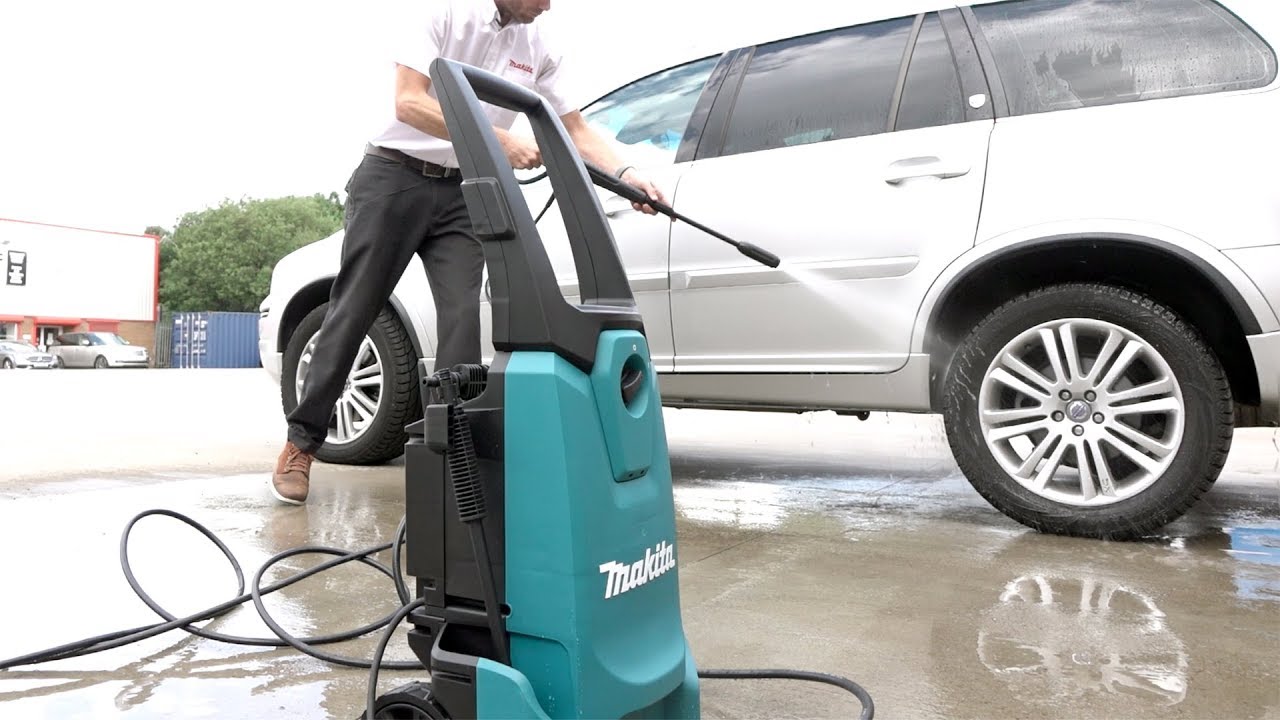
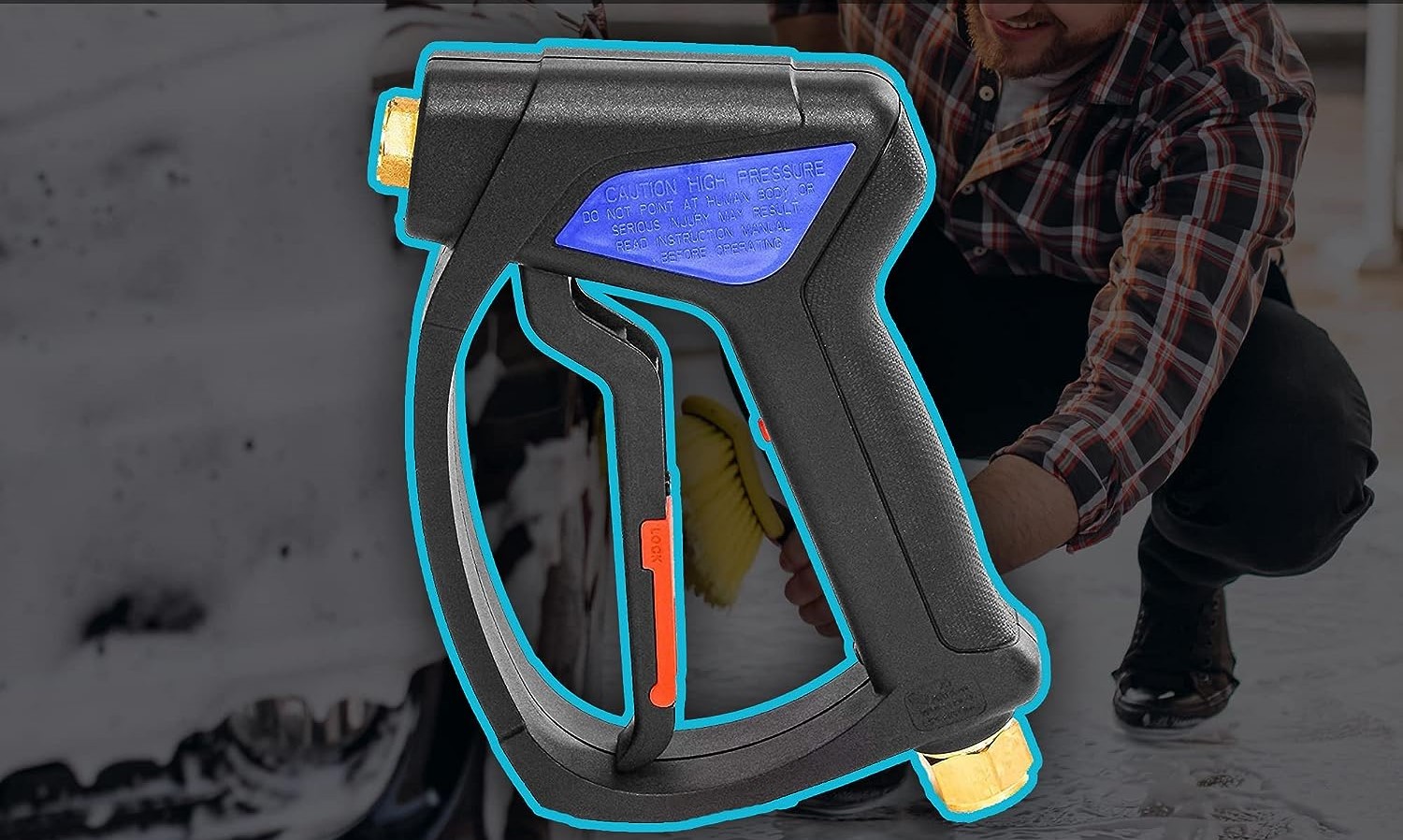
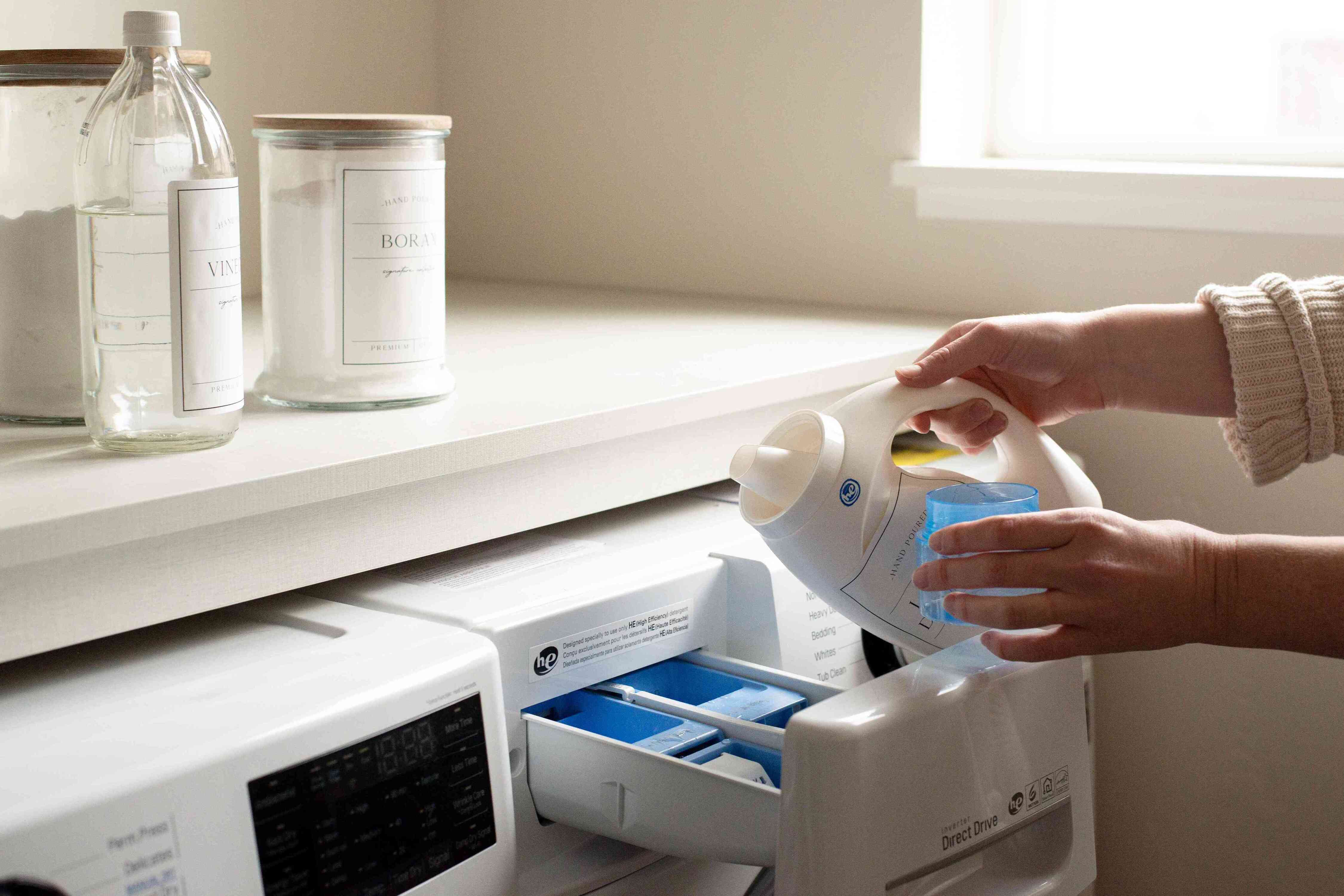
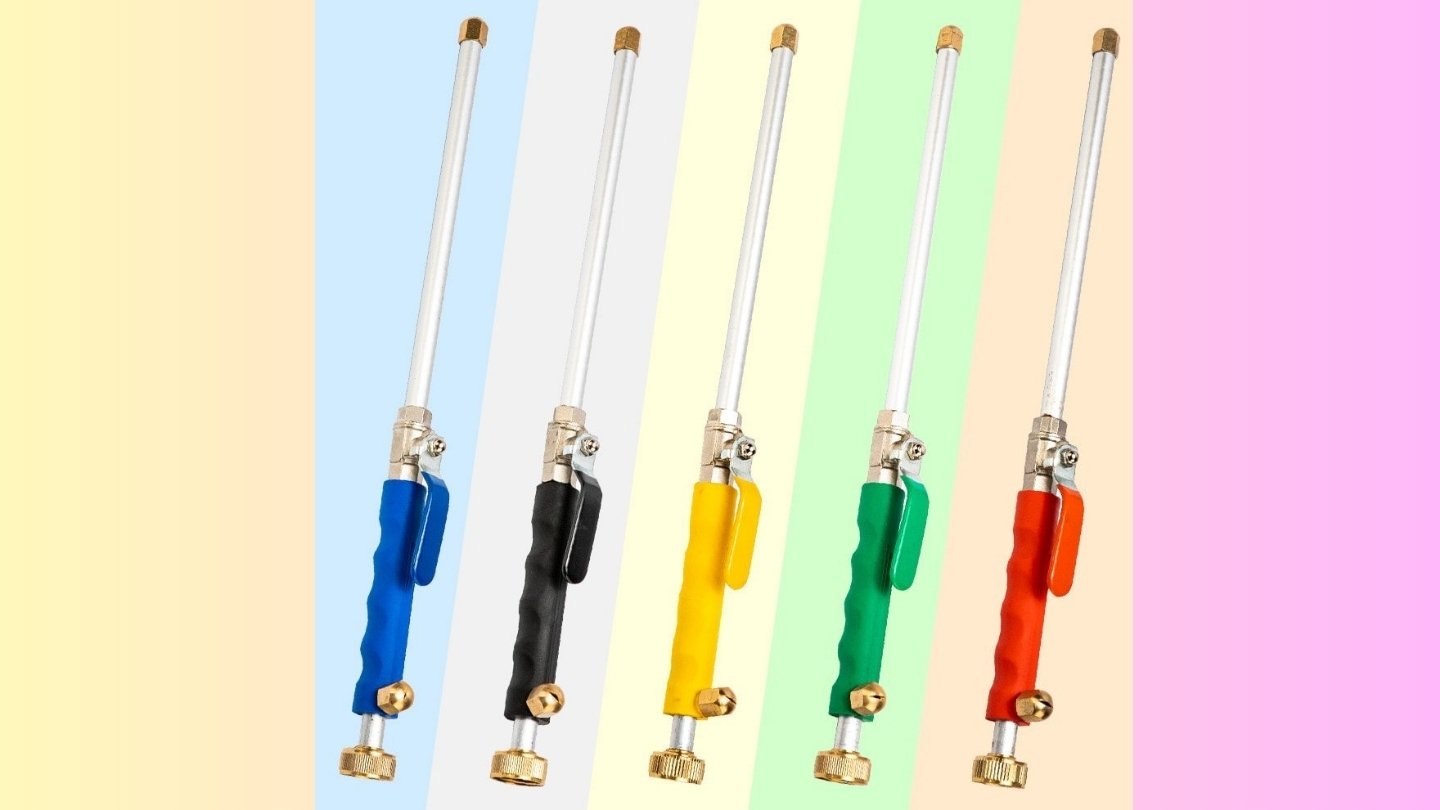
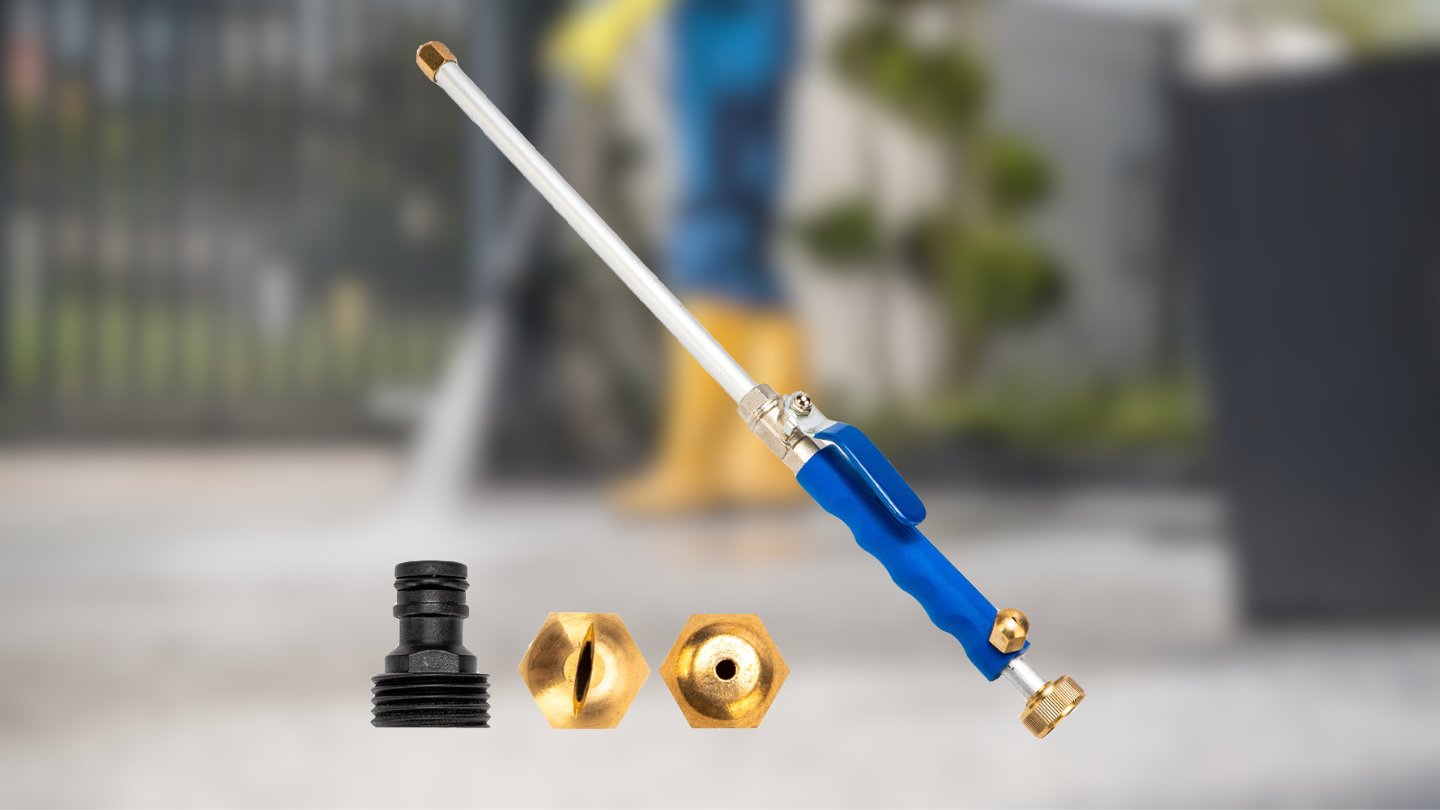
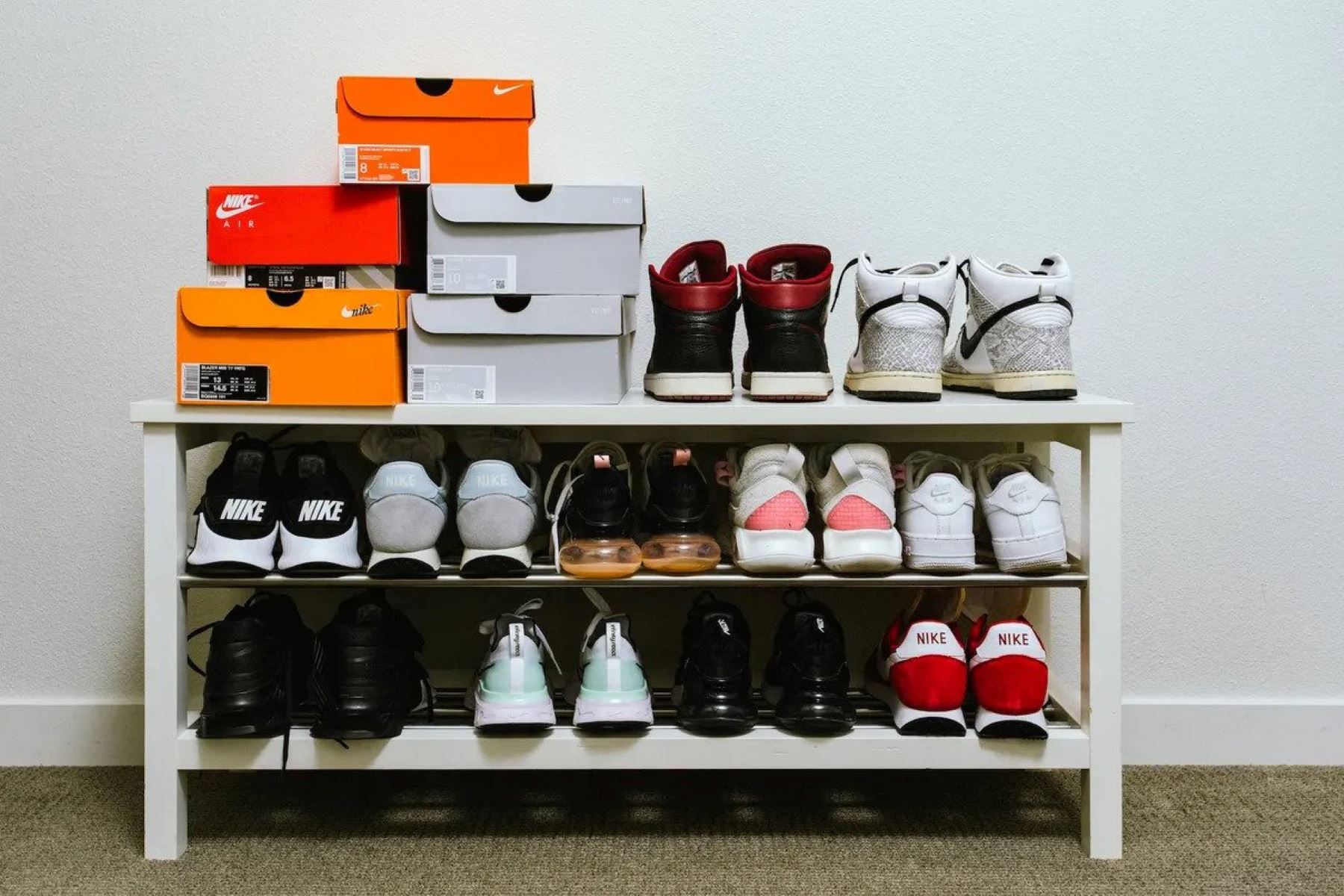
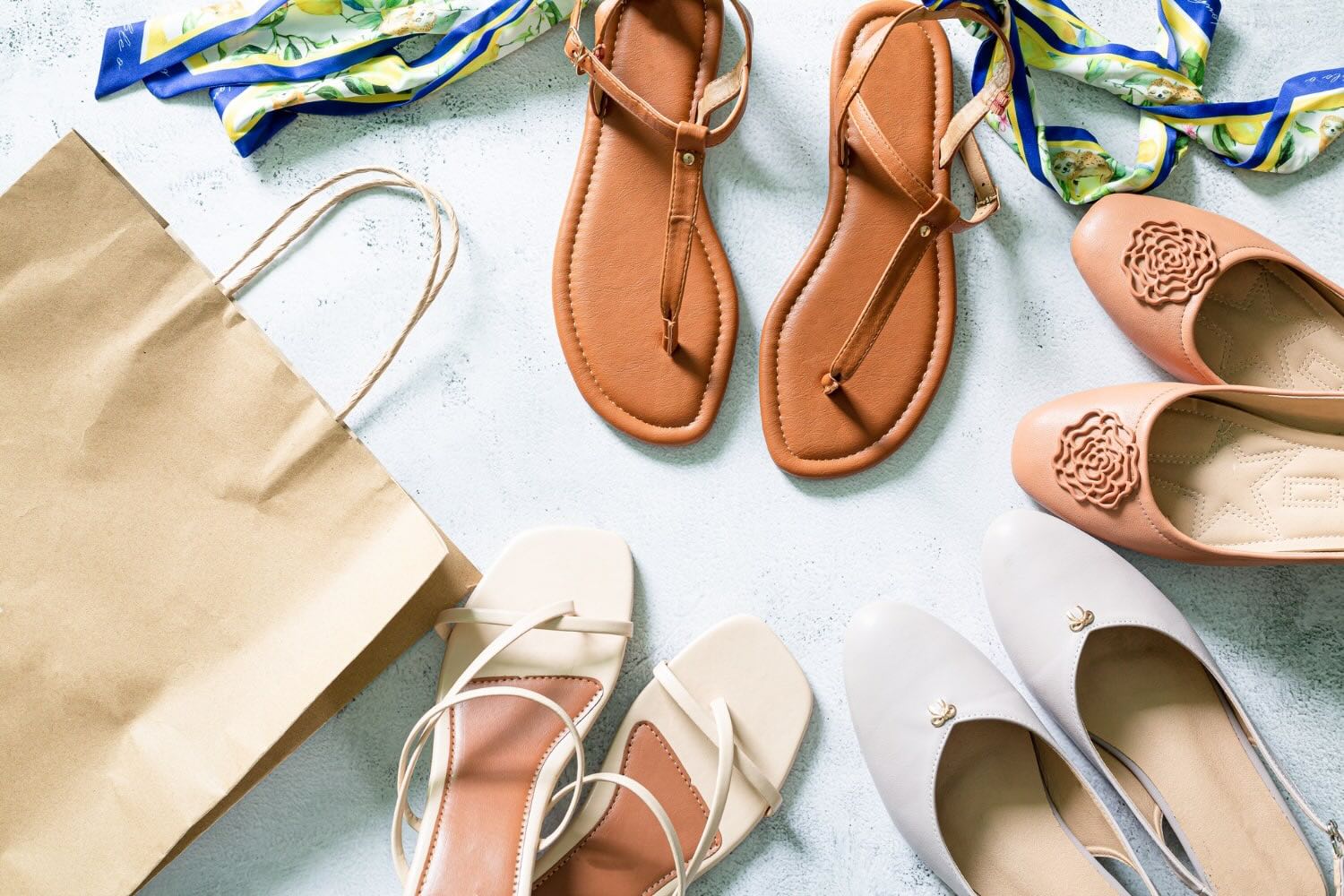

0 thoughts on “How To Wash Shoes In A Washing Machine”